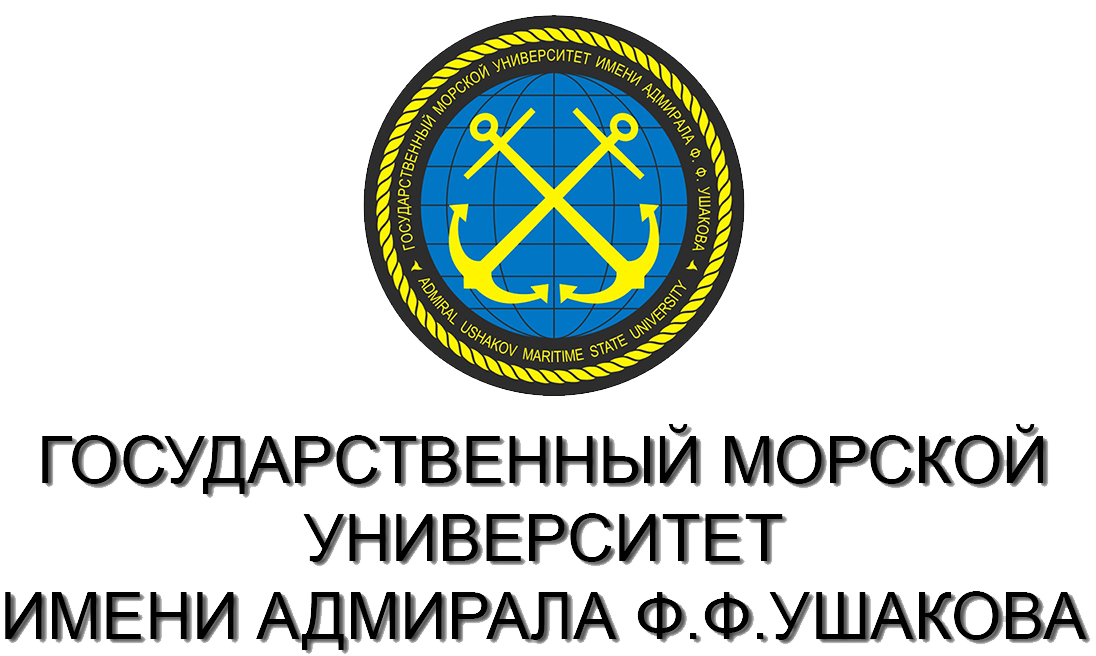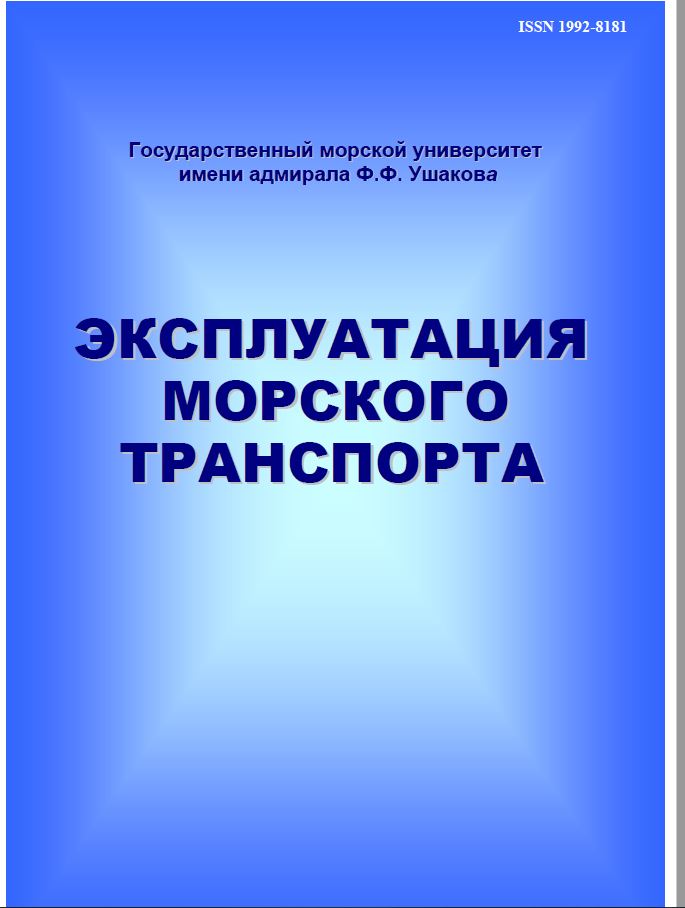Current trends and prospects for the development by inland waterways, especially in relation to the concept of an autonomous vessel and unmanned navigation, as well as the implementation of promising requirements of international maritime legislation on the prevention of atmospheric pollution from ships are an important factor in the development of modem society. Artificial intelligence (AI) technologies (in their various manifestations) are now implemented in almost all transport industries, with the exception of sea and river transport. The culmination of scientific achievements about the current state of control objects (in terms of monitoring, control and diagnostics of technical condition) consists of telematics (telecommunications and information) supported transport systems-intelligent transport systems (ITS). Telematics systems contribute to the improvement of traffic flow, traffic safety, efficiency of transport use, environmental protection and the economic component of business. Provision of remote control of ship technical means of an autonomous vessel, control of process parameters and assessment of their technical condition using artificial intelligence (artificial neuro-fuzzy networks). Creation of digital doubles and forecasting of the technical condition, modeling of scenarios during the life cycle of ship technical means. With the introduction of telematics systems with two-way data exchange, significant improvements will be achieved in transport flows and, accordingly, increased safety and reduced environmental burden.
inland waterway vessels, energy efficiency, unmanned navigation, integrated control systems, digital twins
1. Methodology and trends for an intelligent transport system in developing countries Mfenjou M. L.Abba Ari A. A. [..JKolyang, Sustainable Computing: Informatics and Systems (2018)
2. Intelligent transport system Chandra Y. R., Shiva Harun M., Reshma T. International Journal of Civil Engineering and Technology (2017)
3. https://portnews.ru/news/315096/
4. Napravleniya razvitiya transportnoy sistemy: rossiyskie i mirovye strategii https://trasscom.ru/blog/napravleniya-razvitiya-transportnoj-sistemy-rossijskie-i-mirovye-strategii/
5. Epihin A.I., Kondrat'ev S.I., Hekert E.V. Pri menenie neyronnyh setey na baze mnogosloynogo perceptrona s ispol'zovaniem nechetkoy logiki dlya tehnicheskoy diagnostiki sudovyh tehnicheskih sredstv// Ekspluataciya morskogo transporta-2020-№ 3 (96).-S. 111-119.
6. Kondrat'ev S.I. Sintez programmnyh traekto riy metodom dinamicheskogo programmirovaniya [Tekst] / S.I. Kondrat'ev // Izvestiya vysshih uchebnyh zavedeniy. Severo-Kavkazskiy region. Seriya: Tehnicheskie nauki- 2003- № S6-S. 41-43.
7. Boran-Keshish'yan A.L. Ispol'zovanie veroyatnostnoy i vozmozhnostnoy mer v vide nechetkih veroyatnostey dlya ocenki nadezhnosti pro grammnogo obespecheniya integrirovannyh sistem hodovogo mostika [Tekst] / A.L. Boran-Keshish'yan, S.I. Kondrat'ev // Zhurnal universiteta vodnyh kommunikaciy- 2012- № 3 S. 55a-59.
8. Studenikin D.E., Bovan S.D., Hekert E.V., Modina M.A. Ispol'zovanie neyronnyh setey dlya organizacii vizual'nogo nablyudeniya// Morskie intellektual'nye tehnologii,- 2019-№ 4-3 (46).-S. 91-95.
9. Baburina O.N., Botnaryuk M.V., Kondrat'ev S.I Intellektual'nye problemy realizacii dorozhnoy karty razvitiya morskoy otrasli Rossii ("marinet") v ramkah nacional'noy tehnologicheskoy iniciativy// Morskie intellektu-al'nyetehnologii.-2018.-№ 3-1 (41).-S. 190198.
10. Zhmyrko T.E., Novikova T.K., Stihova A.M. Predlozheniya po uluchsheniyu ekologicheskogo sostoyaniya okruzhayuschey sredy pri peregruzke sypuchih gruzov //Trudy XXIII Mezhdunarodnoy Konferencii 7-11 sentyabrya 2015 goda; g. Novorossiysk «Lazerno-informacionnye tehnologii v medicine, biologii, geoekologii i transporte-2015» /pod redakciey professora V.E. Privalova - Novorossiysk: Izd-vo EMU imeni admirala F.F. Ushakova, 2015.-S. 158.











